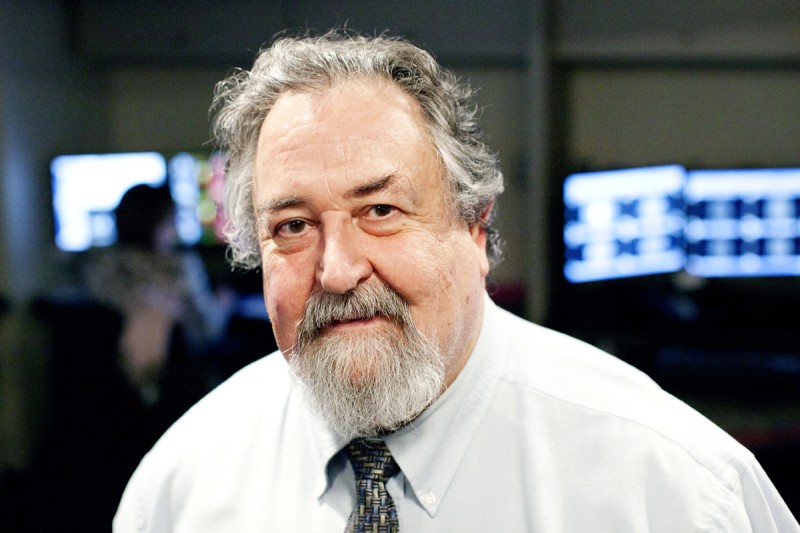
Steven M. Larson, MD, is an Emeritus Member of the Molecular Imaging and Therapy Service of the Department of Radiology and of the Endocrinology Service, Division of Subspecialty Medicine, of the Department of Medicine at Memorial Sloan Kettering Cancer Center (MSK).
Over the past half-century, Dr. Larson has been one of the most important pioneering figures in the field of nuclear medicine. During his 35 years of service as a physician-scientist, internist, and nuclear medicine physician at MSK, Dr. Larson was an invaluable member of the institution’s faculty.
His work has focused on clinical and research applications of the tracer principle for molecular imaging and targeted therapy in oncology. He has developed key insights in the pathophysiology of disease and successfully translated nascent discoveries into clinical applications supporting not only the diagnosis of disease, but also the use of targeted radiotherapy in humans. Dr. Larson produced a tremendous body of work over the course of his career, as evinced by the more than 700 peer-reviewed research articles to his credit.
With respect to his work on the invention of radiopharmaceuticals for oncology, an especially noteworthy example that influenced clinical care is the development of Tc-99m sulfur colloid, which was perhaps the earliest of the diagnostic nanoparticles and has been used for five decades in the United States, Europe, and Asia. Initially used for organ (liver) and bone marrow imaging, it is now also used for sentinel node imaging, especially in breast cancer and melanoma.
Dr. Larson was a pioneer in recognizing and generating acceptance of fluorodeoxyglucose (FDG) positron emission tomography (PET) as a measure of tumor glycolysis and as a critically important tool in cancer care. He showed the feasibility of PET imaging of tumor glycolysis by providing the initial demonstration of FDG uptake in an animal tumor. Dr. Larson also made important strides in radiopharmacology of molecular imaging. For example, he led the first-in-man use of PET imaging of a positron-labeled radioantibody for in vivo dosimetry of targeted radioimmunotherapy. Dr. Larson is a luminary in his field, and his work has had a profound impact on the trajectory of nuclear medicine and the care of patients with cancer around the world.